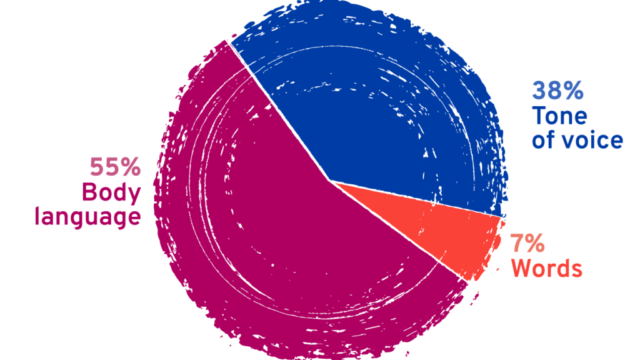The Shannon-Weaver Model of Communication
Claude Shannon and Warren Weaver developed the Shannon-Weaver Model of Communication, also known as the Mathematical Theory of Communication or the Information Theory, in 1949. Originally designed to enhance the efficiency of communication systems and reduce noise, this model has been widely adopted in various fields, including telecommunications, information technology, and human communication.

The Shannon-Weaver Model consists of the following key components:
- Information Source: This is the message's originator or the person with the idea or information to share with others.
- Transmitter: The transmitter's role is to encode the message or convert the idea into a signal suitable for transmission through a communication channel. This would be the person speaking or writing the message in human communication.
- Channel refers to the medium through which the message is transmitted from the transmitter to the receiver. Examples of channels include air (for spoken communication), paper (for written communication), and electronic signals (for digital transmission).
- Receiver: The receiver is the device or person who receives the transmitted message. In the context of human communication, this would be the person listening or reading the message. The receiver's role is to decode the message, interpreting the transmitted signal back into the original idea or information.
- Destination: The destination is the intended recipient of the message. In many cases, the destination is the same as the receiver, but sometimes the receiver may be an intermediary step before the message reaches its ultimate destination.
In addition to these components, the model also considers two critical factors that may affect the communication process:
- Noise: Noise refers to any interference or distortion that occurs during the transmission of the message, which can lead to a loss of information or a change in the message's meaning. Noise can be physical (e.g., static on a phone line), semantic (e.g., ambiguous wording in a message), or psychological (e.g., biases or preconceived notions that affect the receiver's interpretation).
- Entropy and Redundancy: Entropy represents the degree of uncertainty or unpredictability in a message, while redundancy is the repetition of information or the use of predictable patterns to ensure accurate communication. The balance between entropy and redundancy is crucial for effective communication, as too much entropy can lead to confusion, while too much redundancy can make the message uninteresting or ineffective.
The Shannon-Weaver Model provides a foundational understanding of the communication process and highlights the importance of each component and factor in achieving effective communication. Although the model primarily focuses on the technical aspects of communication and does not consider certain complexities of human interaction (such as emotions, context, and feedback), it remains a valuable tool for understanding and improving various communication systems.
Downloads
Founder
Related Topics
The Shannon-Weaver Model of Communication 0 reviews
Login to Write Your ReviewThere are no reviews yet.




